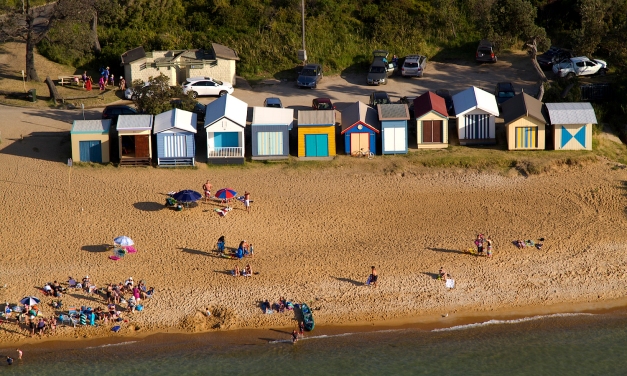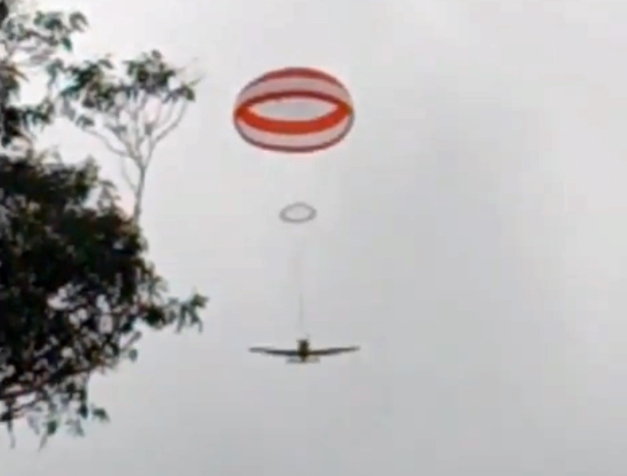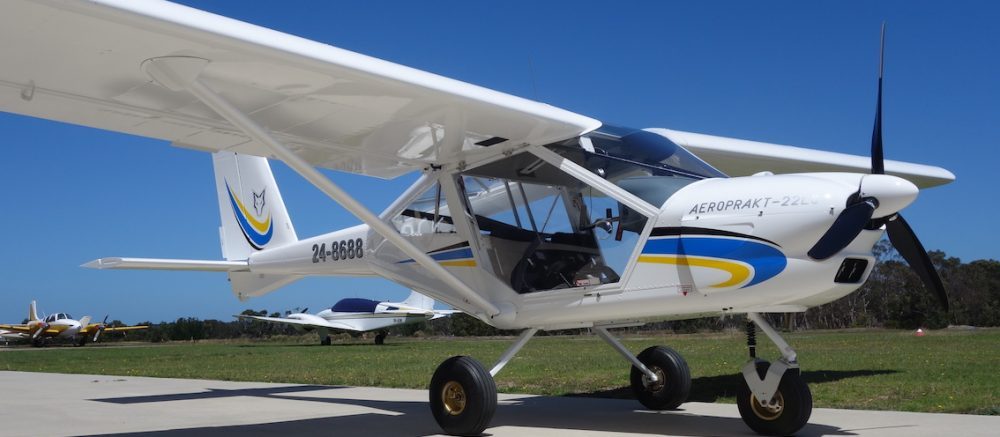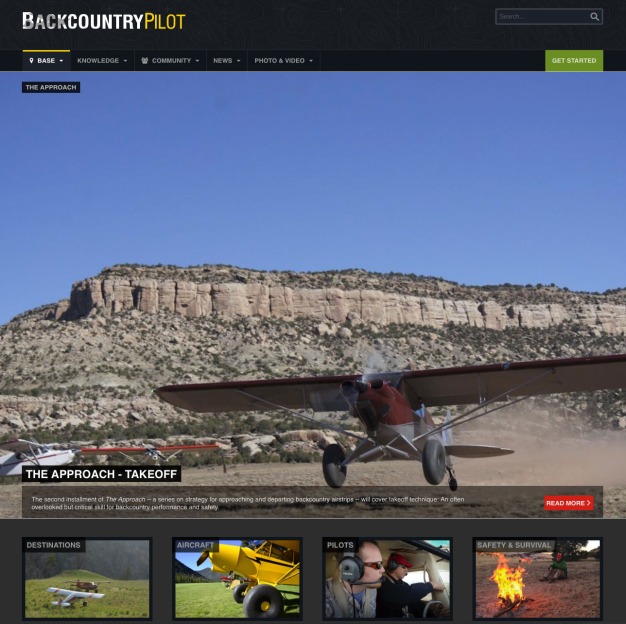We’re talking about light, single engine aircraft here – not jetliners or high performance multi-engine aircraft.
Some people love to fly high – often 8,000 feet and higher. They tell me they like to fly this high for lots of reasons – it’s usually much cooler (particularly in the summer), it’s usually much smoother (it takes thermals a while to build up to reach these altitudes), and sometimes the wind is stronger (useful if you’re going in the right direction). On a clear day, the view can be almost unbelievable, with the horizon many tens of kilometres away.
 There is also an argument that if the engine stops, you have a lot more choices if you’re up high. This may be true if you fly a typical spam can brick but today’s breed of light sport aircraft will glide far further than our fathers could ever have dreamed, so height is not always necessary. Last and not least, for the high-flyer there aren’t many hills at this height to get in your way, so you can fly directly from A to B.
There is also an argument that if the engine stops, you have a lot more choices if you’re up high. This may be true if you fly a typical spam can brick but today’s breed of light sport aircraft will glide far further than our fathers could ever have dreamed, so height is not always necessary. Last and not least, for the high-flyer there aren’t many hills at this height to get in your way, so you can fly directly from A to B.
And in my mind that really summarises high-flyers – getting from A to B.
Personally, I’m a low-flyer. Not illegally low, I hasten to make clear. Just that my preferred height is between 500 and 2,000 feet above the ground. Yes, it can be bumpy. Yes, it can be a bit hotter. And yes, you may have to make detours around the topography. But if you take-off and fly early in the day and catch the smooth cool air, the rewards are well worth it. While you don’t get the ‘see-forever’ views of the high flyer, you do get to see much more detail on the ground. Farms, mines, wind-farms, beaches, even animals – which in Australia includes kangaroos, camels, goats, emus and even crocodiles. Even the hills look great from lower down, so long as you don’t get too close.
 A friend of mine (who also prefers the low and slow approach) jokes with high-flyers about the lovely ‘hills’ they are missing on French Island in Westernport Bay, south of Melbourne. Even from 2,500 feet, the place looks quite flat. Only when you get down to 700-800 feet do the hills appear.
A friend of mine (who also prefers the low and slow approach) jokes with high-flyers about the lovely ‘hills’ they are missing on French Island in Westernport Bay, south of Melbourne. Even from 2,500 feet, the place looks quite flat. Only when you get down to 700-800 feet do the hills appear.
So low and slow is my preference – enjoy the journey!
 A ballistic rescue system (BRS) is an option available on Foxbat aircraft – about 15 of the Australian fleet of 125 are fitted with them. Thankfully, no-one has needed to deploy a BRS on an Australia Foxbat.
A ballistic rescue system (BRS) is an option available on Foxbat aircraft – about 15 of the Australian fleet of 125 are fitted with them. Thankfully, no-one has needed to deploy a BRS on an Australia Foxbat.




